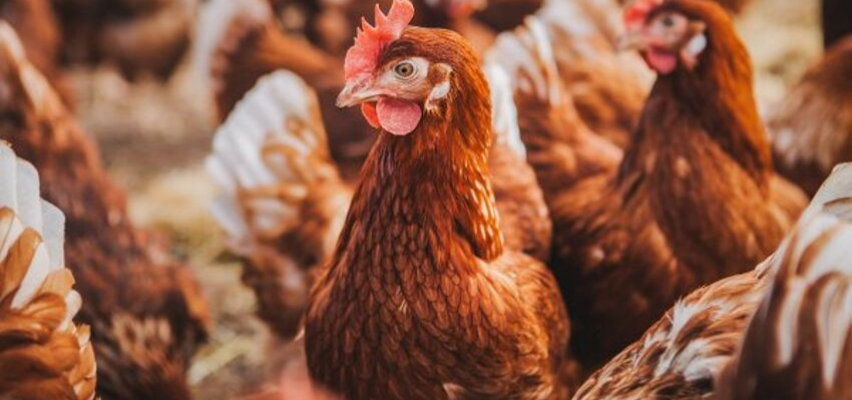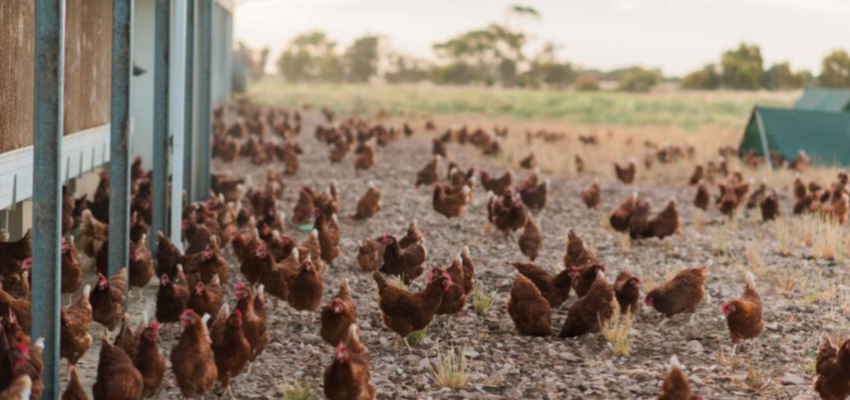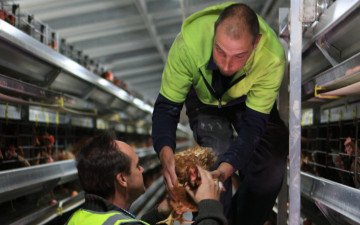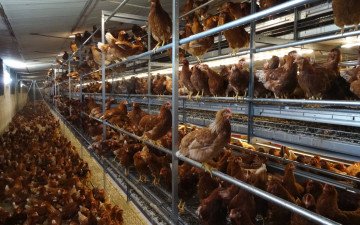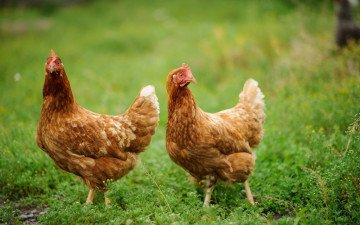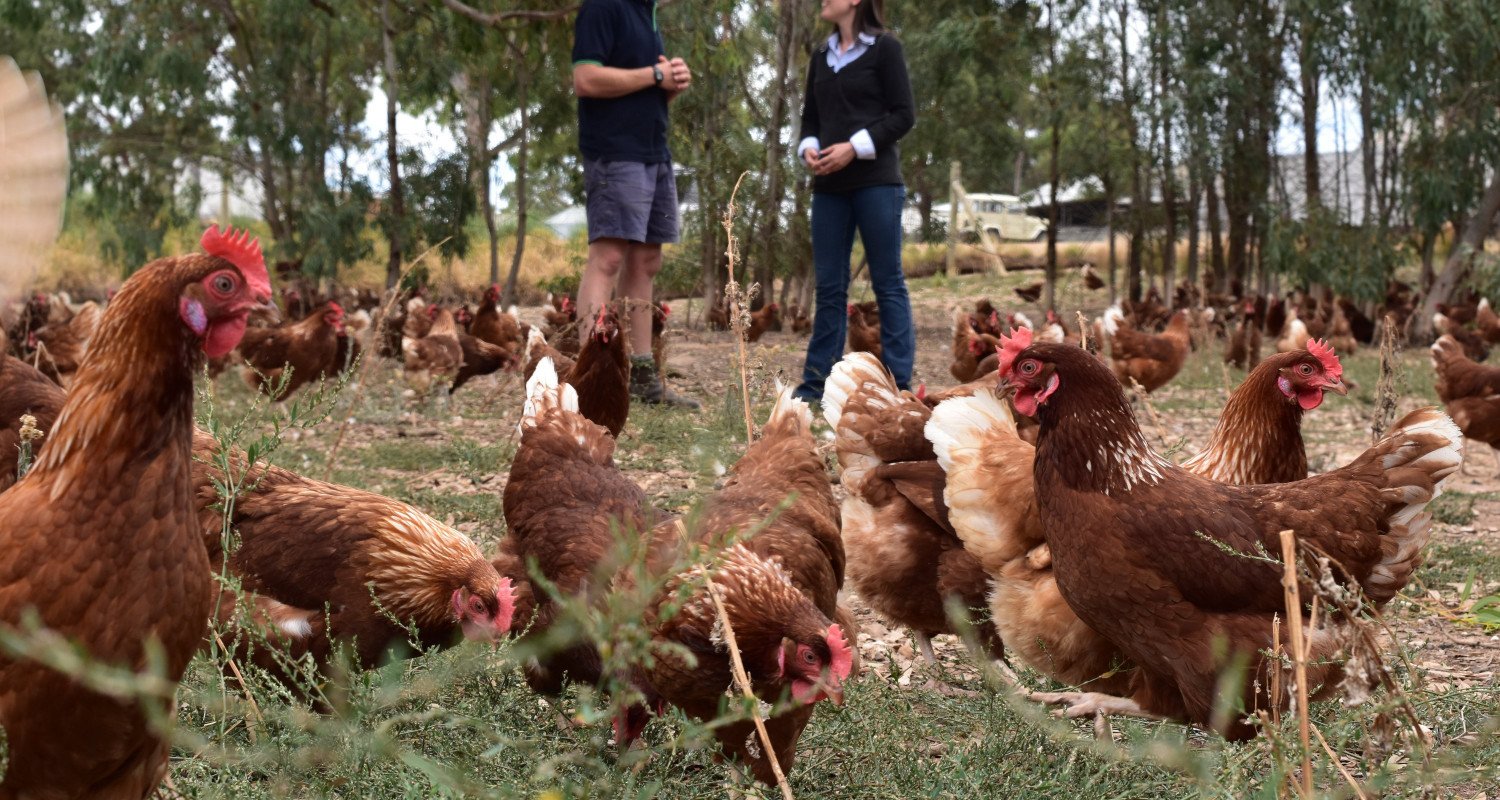
What Are Free Range Eggs?
Frequently Asked Questions
What Are Free Range Eggs?
To be classified as a free range egg farm, the hens must have meaningful and regular access to an outdoor range during daylight hours. Farmers facilitate this by opening up doors to the sheds (called pop holes) every morning and closing them up in the late afternoon when the hens are back inside.
What’s The Difference Between Cage Free and Free Range Eggs?
Cage free and barn-laid eggs are the same thing and in this farming system the hens live entirely within an indoor barn environment - but not in cages. Unlike free range, cage free hens don’t have the opportunity to go outside.
Are Free Range Eggs Really Better?
In terms of egg quality, all hens are fed a very similar grain-based diet which means all eggs have pretty much the same nutritional profile. Although free range hens are able to go outside and scratch around in the grass, they still get almost all their energy needs from feed inside the shed.
What Are The Advantages of Free Range Eggs?
- Access to an outdoor range and the ability to roam freely
- The opportunity to interact socially with more hens due to larger group sizes.
- The ability to practise a range of natural behaviours, including nesting, foraging for food, perching, and dust bathing.
- Better bone strength because of greater movement and activity.
What Are The Disadvantages of Free Range Eggs?
- Greater exposure to predators such as foxes and eagles.
- Harder biosecurity control for farmers because of exposure to outside pathogens.
- An increased likelihood of feather pecking, infighting, social stresses, and cannibalism.
- A greater occurrence of manure-borne diseases and parasites.
- Increased need for antibiotics to treat sick hens.
 >
> 